Basic laws of heat transfer for the three modes of heat transfer are as follows. Fourier law of heat transfer for Conduction. Newton’s law of Cooling for Convection. And Steafan Boltzmann law, Planks law and Wines displacement law are the laws of Radiation mode in heat transfer. Before moving in details about these laws, let’s understand some basic things of heat transfer.
Definition of Heat Transfer
The heat transfer takes place according to the transfer of heat energy from one object to another with the existence of a temperature difference.
The temperature difference is the driving force for heat transfer.
It deals with the study of rates at which heat exchange takes place between a hot source and a cold receiver.
The heat transfer takes place according to the Second Law of Thermodynamics:
“If two objects at different temperatures are brought into thermal contact, heat flows from a hot object to a relatively cold object.”
Three Modes of Heat Transfer
Following list shows the three modes of heat transfer.
- Conduction
- Convection
- Radiation
Fundamentals of Conduction Heat Transfer
Conduction heat transfer occurs when “the transfer of heat from one part of an object to another part of the same object or the transfer of heat from one object to another object which is in physical contact with it, without appreciable displacement of particles of a body. ”
Heat transfer by conduction is mostly restricted to the flow of heat in solids. However, it may occur in a stagnant liquid or a gaseous medium.
Examples of conduction heat transfer:
- Heat flows through the brick wall of a furnace.
- The metal sheet of a boiler and the metal wall of a heat exchanger tube.
The basic law for conduction is Fourier’s law. Explained in detail below in the section on Laws of Heat Transfer.
Mechanism of Conduction
Conduction is the mode of heat transfer in which a material medium transporting the heat remains at rest. Heat conduction occurs by the migration of molecules and more effectively by the collision of the molecules vibrating around relatively fixed positions.
The molecules of a substance are always in a state of vibration. When the substance is heated at one of its locations, the molecules of that location receive energy and they begin to vibrate with larger amplitudes as a result of an increase in their amplitude, they will collide with the neighboring molecules, and in the process, they transfer a part of their energy to the neighboring molecules. This process occurs repeatedly and thus results in heat flow from one molecule to another along the heat flow path.
Fundamentals of Convection Heat Transfer
Convection heat transfer occurs when the transfer of heat energy by the displacement of fluid (liquid or gas) from one place to another place by mixing hot and cold portions of the fluid.
Convective heat transfer has two types
- Natural Convection or Free Convection
- Forced Convection
Natural Convection or Free Convection
In natural convection, the fluid motion occurs by the difference in densities of the warmer and cooler fluid arising from the temperature difference in the fluid mass.
As we know warmer fluid has a lower density than cooler fluid. So, warmer fluid is going in an upward direction due to the low density and cold fluid has a higher density so it will automatically come down in place of warmer fluid. In this way, it creates a circulating current due to density difference.
An example of Natural Convection is the heating of water in a vessel or a pot.
Forced Convection
Forced convection occurs when the fluid motion is produced by an external mechanical means such as a pump, a fan, a blower, an agitator, etc., or an externally imposed pressure gradient.
Examples of Forced convections are
Heat flow to a fluid by being pumped through a heated pipe.
Mixing of hot and cold fluid in a vessel by means of an agitator.
The basic law for convection is Newton’s Law of Cooling. Explained in detail below in the section on Laws of Heat Transfer.
Fundamentals of Radiation Heat Transfer
Radiation heat transfer occurs when the transfer of heat energy from one object to another through space, not in contact with it, by electromagnetic waves.
Radiation does not require any material or medium for heat transfer. Heat can be transferred in a vacuum also by the mode of radiation.
Radiation is the fastest mode of heat transfer.
Examples of heat transfer by radiation mode are the transfer of heat from the sun to the earth and the loss of heat from an unlagged steam pipe to the ambient air.
By the observation, we can conclude that heat transfer by conduction is slow, faster by convection, and fastest by radiation.
Basic Laws of Heat Transfer
Laws of Conduction Mode Heat Transfer
Fourier Law of Heat Transfer for Conduction
The physical law governing the transfer of heat through a uniform material (whenever a temperature difference exists) by conduction was given by the French scientist: Joseph Fourier. It is conduction mode basic laws of heat transfer.
The rate of heat flow by conduction through a uniform (fixed) material is directly proportional to the area normal to the direction of the heat flow and the temperature gradient in the direction of the heat flow.
Joseph Fourier
Mathematically Fourier law of heat transfer can be representd as follows.
![]()
![]()
Where,
‘Q’ is the rate of heat flow/transfer in watts (W).
‘A’ is the area normal to the direction of heat flow in m2
‘T’ is the temperature in K.
‘x’ is the distance measured normal to the surface in m
Temperature Gradient
Temperature gradient designated by (-dT/dx).
The negative sign is used in the equation because the temperature gradient. Which is negative (since with an increase in n there is a decrease in T, i.e., temperature decreases in the direction of heat flow). It makes the heat flow positive in the direction of temperature decrease.
Thermal Conductivity
The proportionality constant ‘k’ given in the Equation is called the thermal conductivity. It is a characteristic property of the material through which heat is flowing and varies with temperature. It is one of the so-called transport properties of the material (like viscosity, μ).
Thermal conductivity is a measure of the ability of a substance to conduct heat. The larger the value of k, the higher will be the amount of heat conducted by that substance.
Thermal conductivity is the quantity of heat passing through a quantity of material of unit thickness with a unit heat flow area in a unit time when a unit temperature difference is maintained across the opposite faces of the material.
The unit of thermal conductivity is W/(m K) or J/(s m K).
Thermal conductivity depends upon the nature of the material and its temperature. The thermal conductivities of solids are higher than that of liquids. Liquids have higher thermal conductivities than gases.
In general, the thermal conductivity of gases ranges from 0.006 to 0.6 W/(m·K) while that of liquids ranges from 0.09 to 0.7 W/(m·K).
The thermal conductivity of metals varies from 2.3 to 420 W/(m·K). The materials having higher values of thermal conductivity are referred to as good conductors of heat.
The best conductor of heat is silver [k = 420 W/(m·K)] followed by red copper [k = 395 W/(m·K)], gold [k = 302 W/(m·K)] and aluminium [k = 210 W/(m·K)].
Heat/Thermal Insulators
The materials having low values of thermal conductivity [less than 0.20 W/(m·K)] are called and used as heat insulators to minimize the rate of heat flow. e.g. asbestos, glass wool, cork, etc.
Importance of thermal insulation
Thermal insulation is used to prevent the excessive flow of heat to the system or surroundings.
It is provided for the protection of personnel from skin damage through contact with very hot and very cold surfaces.
It provides a comfortable working environment.
Required properties of thermal insulator.
It should have very low thermal conductivity.
The thermal insulator should withstand in working temperature range of the system.
It should be sufficiently durable and have good mechanical strength.
It should be easy to apply, non-toxic, readily available, and inexpensive, and not be the constituent of fire hazards
The critical radius of thermal insulation
It is the outer radius of thermal insulation at which the rate of heat flow is maximum.
So, the addition of insulation up to a critical radius of the pipe will increase the heat loss from the pipe,
However, the addition of insulation thereafter will reduce heat loss from the pipe.
Convection Mode Basic Laws of Heat Transfer
Newton’s Law of Cooling
The rate of heat loss of a body is directly proportional to the difference in the temperatures between the body and its environment.
![]()
Where,
h = Heat transfer coefficient (W/m2K)
Heat Transfer Coefficient
It is the quantity of heat transferred in a unit of time through a unit area at a temperature difference of one degree between the surface and surroundings.
The unit of heat transfer coefficient in the SI system is W/(m2K).
1/h is called thermal resistance.
Basic Laws of Radiation in Heat Transfer
Stefan–Boltzmann Law
The total energy emitted per unit area per unit time by a black body is directly proportional to the fourth power of its absolute temperature.
![]()
![]()
Where,
Eb = Emissive power of the black body.
T = Temperature in K.
σ = Stefan-Boltzmann constant
= 5.67 × 10–8 W/(m2·K4)
Planck’s Law
Plank’s law is the relationship between the monochromatic emissive power of a black body, absolute temperature, and the corresponding wavelength.
![]()
Where,
Eb,λ= Monochromatic emissive power of the black body.
h = Planck’s constant.
k = Boltzmann constant.
c = Speed of light.
T = Absolute temperature.
λ = Wavelength of radiation.
Wien’s Displacement Law
The wavelength at which the maximum monochromatic emissive power is obtained is inversely proportional to absolute temperature.
![]()
Where,
λmax is in micrometers and T is in Kelvins, the value of constant C is equal to 2890.
Summary
In this article, we have discussed the laws of heat transfer, focusing on the principles of conduction, convection, and radiation. It explains how these laws govern the movement of heat energy and their applications in various real-world scenarios.
Modes of Heat Transfer and basic laws of heat transfer
Conduction:
- Heat transfer through direct contact between materials.
- Explained by the transfer of kinetic energy between adjacent particles.
- Common in solids like metals due to their closely packed atoms.
- Thermal conductivity determines the efficiency of conduction.
- Fourier’s law is important for the conduction mode of heat transfer.
Convection:
- Heat transfer through the movement of fluids (liquids or gases).
- Occurs through the circulation of fluid particles.
- Important in processes like natural convection (e.g., hot air rising) and forced convection (e.g., radiator heating).
- Applications include cooking, climate control, and geophysical phenomena.
- Newton’s law of cooling governs the convection mode of heat transfer.
Radiation:
- Heat transfer in the form of electromagnetic waves.
- Doesn’t require a medium; can occur in a vacuum.
- Governed by Stefan-Boltzmann’s Law (relating energy radiated to temperature).
- Essential in heat transfer from the sun to Earth and infrared thermography.
- Stefan–Boltzmann Law, Planck’s Law, Wien’s Displacement Law are the important laws of Radiation mode in heat transfer.
Applications
- Engineering: Used in designing heat exchangers, insulating materials, and cooling systems.
- Meteorology: Explains weather patterns and the Earth’s energy balance.
- Cooking: Understanding heat transfer aids in culinary techniques.
- Energy Efficiency: Helps optimize energy use in buildings and industrial processes.
- Medicine: Used in medical imaging, such as infrared cameras for diagnosing health issues.
Summary
Heat transfer involves the movement of heat energy between objects with a temperature difference. The three modes of heat transfer are conduction, convection, and radiation.
- Conduction:
- Heat transfer through direct contact between materials.
- Governed by Fourier law of heat transfer, stating that the rate of heat flow is proportional to the area, temperature gradient, and material’s thermal conductivity.
- Thermal conductivity varies with material type and temperature.
- Materials with low thermal conductivity, like insulators, minimize heat flow.
- Convection:
- Heat transfer through the movement of fluids (liquids or gases).
- Natural convection occurs due to density differences in fluids, while forced convection is induced by external means.
- Newton’s Law of Cooling governs convection, stating that the rate of heat loss is proportional to the temperature difference and the heat transfer coefficient.
- Radiation:
- Heat transfer through electromagnetic waves, occurring without a medium is the radiation mode of heat transfer.
- Stefan–Boltzmann Law states that the total energy emitted by a black body is proportional to the fourth power of its absolute temperature.
- Planck’s Law and Wien’s Displacement Law describe the relationship between emissive power, temperature, wavelength, and the maximum emissive power wavelength.
Applications of these laws for the three modes of heat transfer are widespread, including engineering design, weather pattern understanding, culinary techniques, energy optimization, and medical imaging.
Frequently Asked Questions (FAQs)
Read More
Basic Concepts of Chemical Engineering Thermodynamics
Fluid Statics and Its Application
- Which are the top 10 countries in gold reserves?The price of gold worldwide is continuously increasing. People hoard gold to maintain economic viability and to have a backup in times of trouble. Similarly, every country also maintains reserves of gold. According to a Forbes India report from March 2024, the World Gold Council released the list of top …
- Fire and ExplosionChemicals present a substantial hazard in the form of fire and explosion. Combustion of one gallon of toluene can destroy an ordinary chemistry laboratory in minutes, potentially resulting in fatalities. The potential consequences of fires and explosions in pilot plants and plant environments are even greater. The three most common …
- MSDS – Material Safety Data SheetMSDS – Material Safety Data Sheet is a document that contains information on the potential health effects of exposure to chemicals, or other potentially dangerous substances, and safe working procedures when handling chemical products. MSDS is required under the OSHA (Occupational Safety and Health Administration) Hazard Communication Standard. It is …
- Fuel and CombustionFuel and combustion is all about different fuel used in combustion process. Also energy produced by these fuels during the combustion process. This energy measured in terms of calorific value of fuel. Fuels Fuels are nothing but substances burnt with oxygen to supply energy to the process. Classification of Fuels …
- DecantersDecanters are used for the separation of two immiscible liquids of different densities from one another. This process is called decantation. The difference in densities of two immiscible liquids is responsible for such a separation. Separation of two immiscible liquids based on the density difference of the phases involved is …
- Industrial Application of EnzymesEnzymes are proteins that act as biocatalysts by accelerating chemical reactions.[1] The industrial application of enzymes can be classified into several areas. Application of Enzymes in the Food and Beverage Industry The most classical application of enzymes in the food industry is making cheese using rennet. Rennet is a complex set of enzymes produced in …
- Non Return ValveA non-return valve is commonly referred to by its short name, NRV. It is also known by several other names like check valve, one-way valve, unidirectional valve, reflux valve, retention valve, clerk valve, and foot valve. Frank P Cotter invented a check valve or non-return valve. His patent on check …
- Know The Basic Difference Between Pipe and TubePipes and tubes are fundamental components in various industries, and understanding their difference is important. In this article, we’ll explore the key differences between pipes and tubes, including their construction, dimensions, and common applications. Key Difference Between Pipe and Tube Aspect Pipe Tube Wall Thickness Heavier Thinner Diameter Larger Smaller …
- ManometersManometers are the simplest devices that are used for measuring pressure differences. Pressure measurement is essential in monitoring and controlling fluid flows within pipelines, vessels, and equipment. It ensures that processes such as chemical reactions, material processing, and mixing occur under the desired conditions. Types of Manometers U-Tube Manometer A …
- Fluid Statics and Its ApplicationFluid Statics and Fluid Dynamics are the two branches of Fluid Mechanics or Fluid Flow Operations. Fluid Statics deals with the fluid at rest condition and Fluid Dynamics is the study of the fluid in dynamic condition. Difference Between Fluid Statics and Fluid Dynamics Fluid Statics The study of fluids …
- Difference Between Centrifugal Pump and Reciprocating PumpIn this article, we will discuss the difference between centrifugal pump and reciprocating pump, exploring their working principles, design, efficiency, applications, and more. Pumps are essential devices used to move fluids from one location to another in various industrial, commercial, and residential applications. Two commonly used types of pumps are …
- Classification of Heat Exchangers: A Comprehensive GuideHeat exchangers play a pivotal role in various industries, ensuring efficient heat transfer between fluids while maintaining their separation. Understanding the classification of heat exchangers is essential for optimizing their applications. In this guide, we’ll delve into the different types of heat exchangers and their unique characteristics, providing insights into …
- Green Chemistry: What it is and Why it MattersGreen chemistry is a critical field that promotes sustainability and reduces environmental pollution. Learn how it’s being used in various sectors of the economy.
- Chemical Engineering SoftwareChemical engineering involves the design, development, and optimization of chemical processes and equipment. It is a complex and multidisciplinary field that requires the use of sophisticated software tools to model, simulate, and analyze chemical processes. In this article, we will discuss some of the best software tools for chemical engineering. …
- Tertiary Treatment of WastewaterTertiary treatment of wastewater is a process that removes the remaining contaminants in the wastewater that have not been removed by primary and secondary treatment. Tertiary treatment is the final stage of treatment in wastewater treatment plants (WWTPs), and it is essential to remove the remaining pollutants from the wastewater …
- Secondary Treatment of WastewaterWastewater treatment is a critical process that involves the removal of pollutants and contaminants from water before it is released into the environment. Wastewater is generated from various sources such as homes, industries, and agricultural activities, and it contains various pollutants and contaminants that can have adverse effects on human …
- Preliminary Treatment of WastewaterPreliminary treatment of wastewater includes several steps such as screening to remove large objects, grit removal to settle heavy inorganic materials, and grease removal to remove fats and oils. Water is a precious resource that is essential for life. However, as the world’s population continues to grow, the demand for …
- Primary Treatment of WastewaterPrimary treatment of wastewater is the second stage of wastewater treatment and follows preliminary treatment. The primary treatment of wastewater involves the physical removal of solid materials and organic matter from the wastewater. This stage of treatment typically involves physical processes such as sedimentation and/or flotation. Here is a more …
- Wastewater Characteristics: A Comprehensive GuideThis article is about to discuss the physical, chemical, and biological characteristics of wastewater. Also, domestic and industrial wastewater characteristics are discussed. Wastewater is the water used for any human activities like washing, bathing, etc. and after that, it can not be used for other purposes. There are various sources …
- Wastewater Treatment Process OverviewWastewater treatment is the process of removing contaminants and pollutants from wastewater, such as domestic sewage, industrial effluent, and stormwater runoff. This process is critical in ensuring that our waterways remain clean and safe for human and aquatic life. In this article, we will provide an overview of the wastewater …


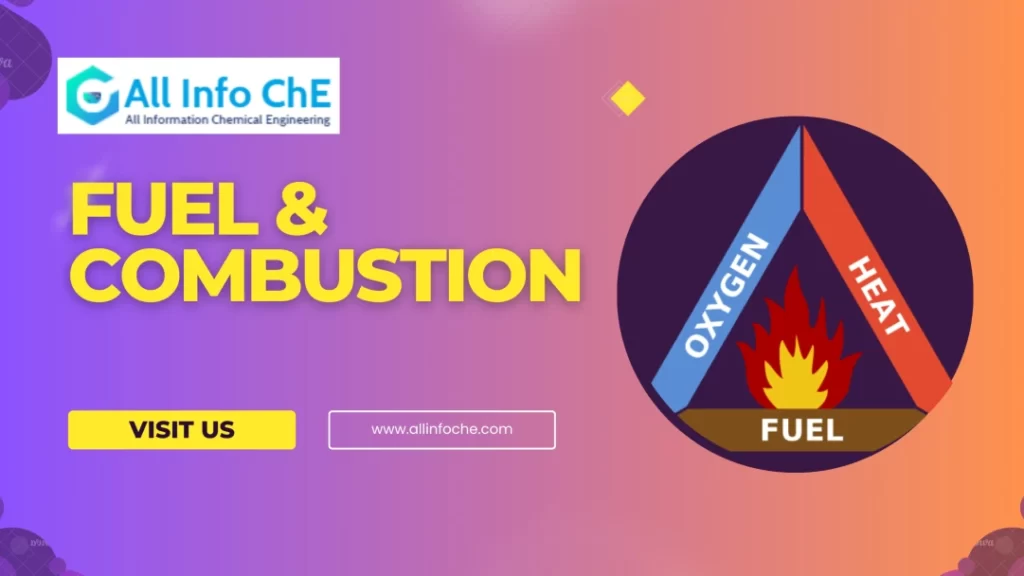
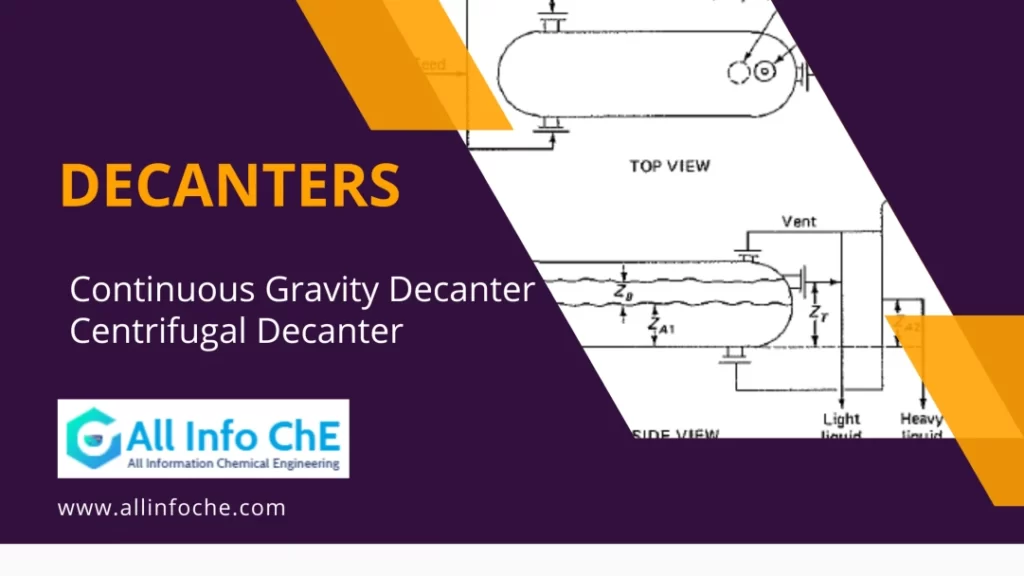
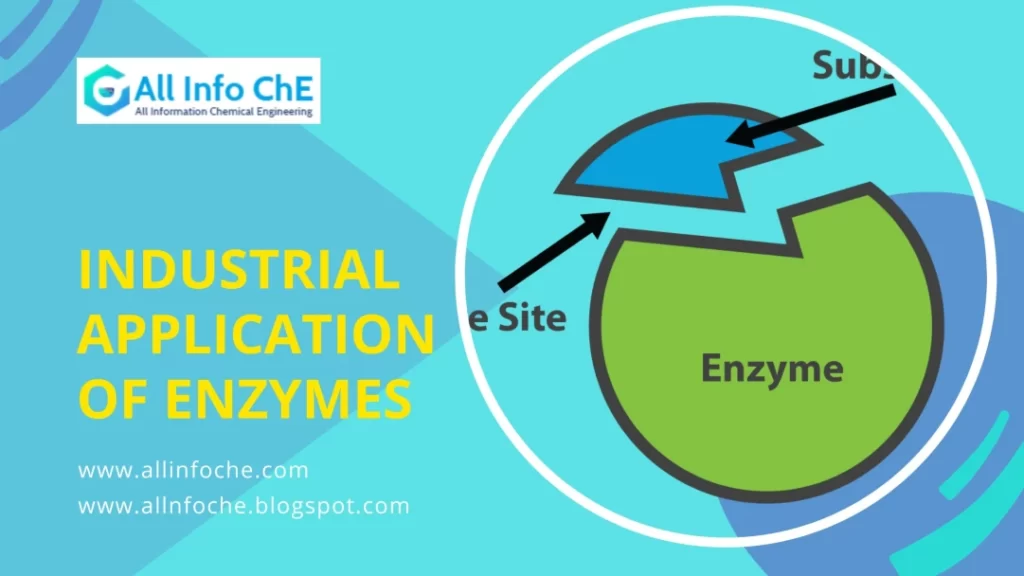
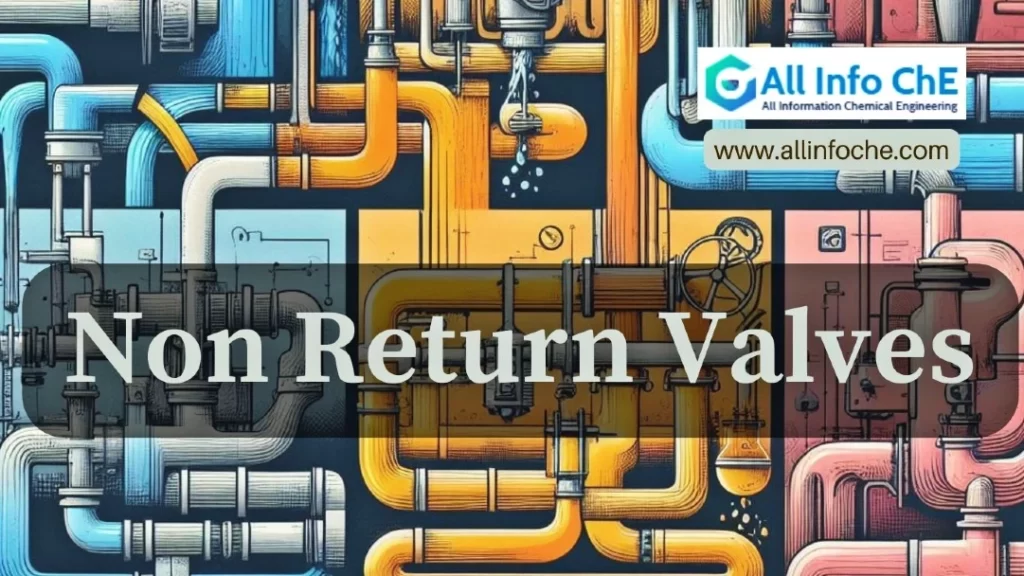
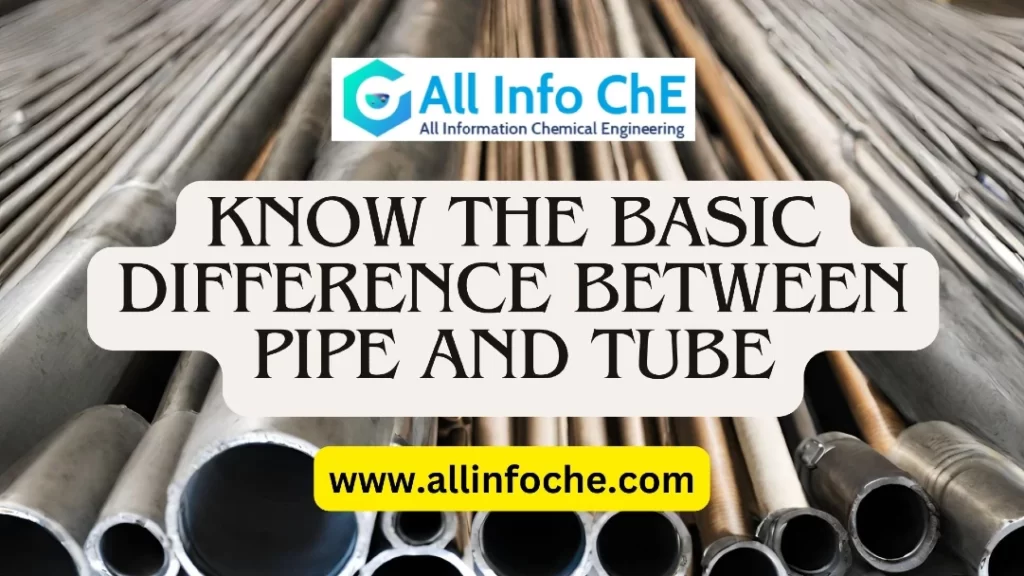
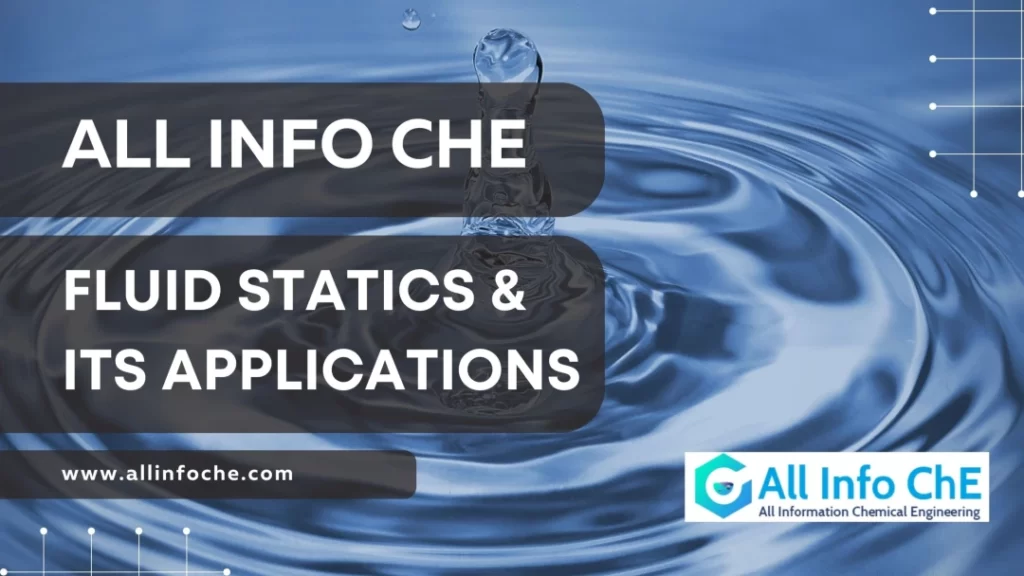








5 thoughts on “Laws for Three modes of Heat Transfer”
Comments are closed.